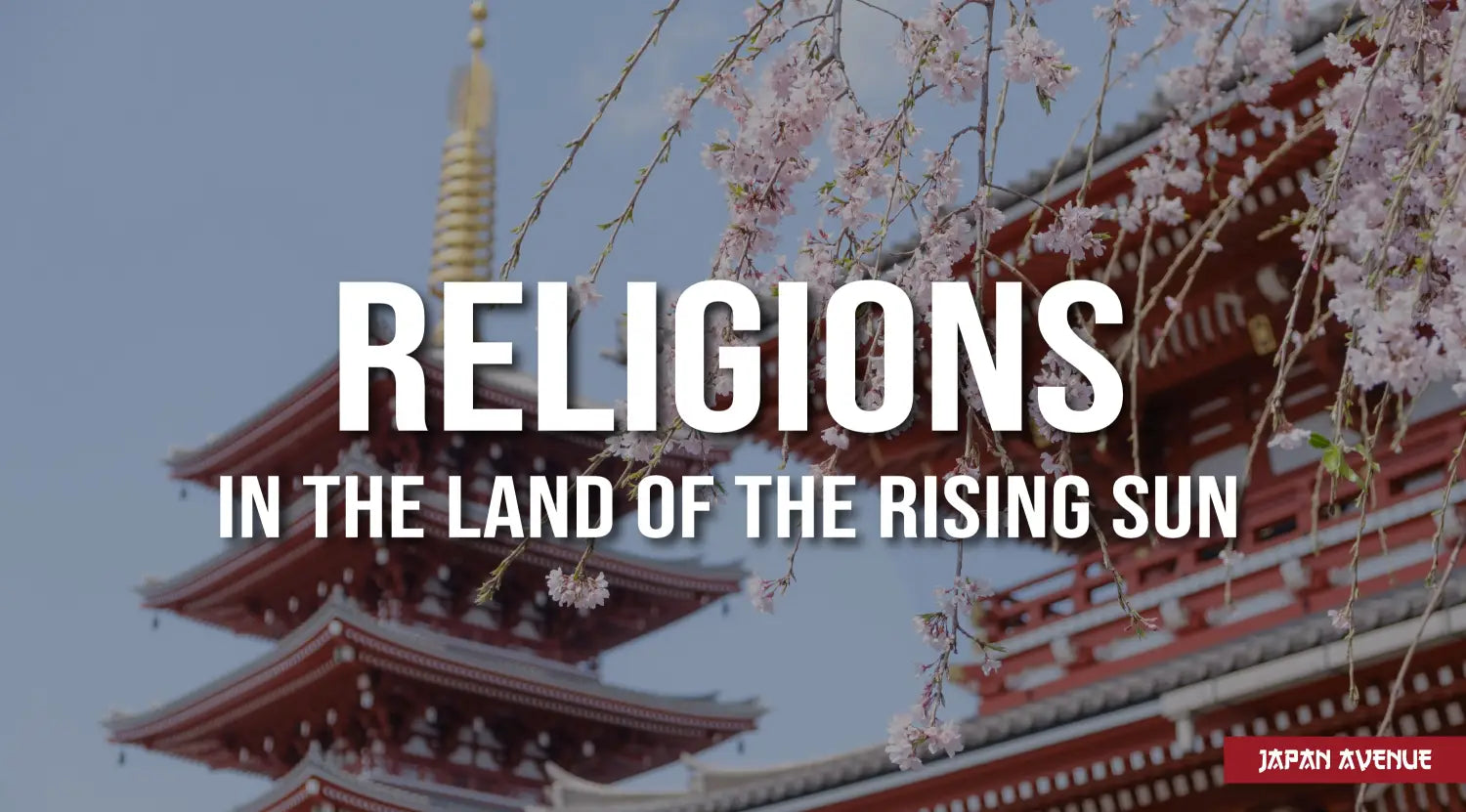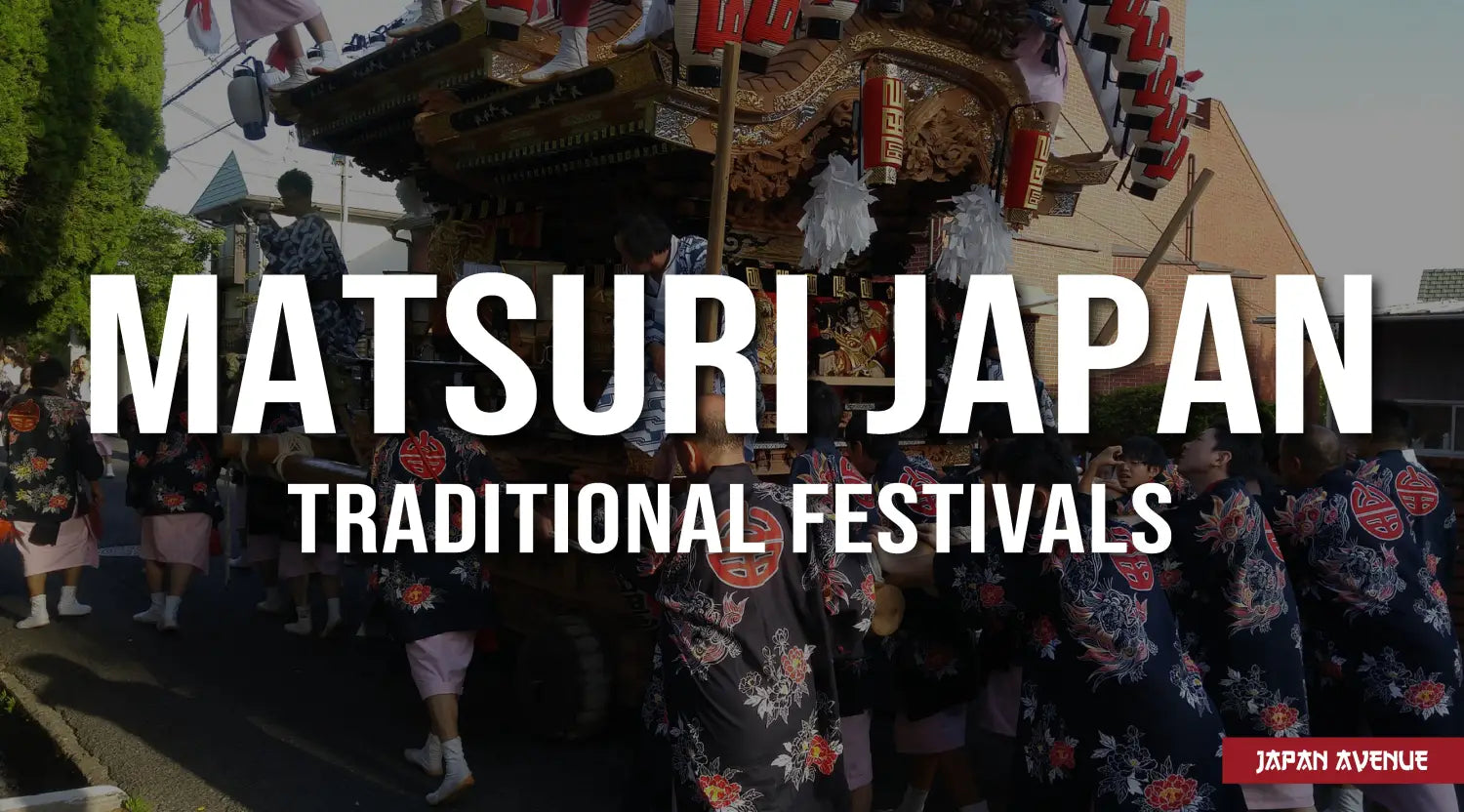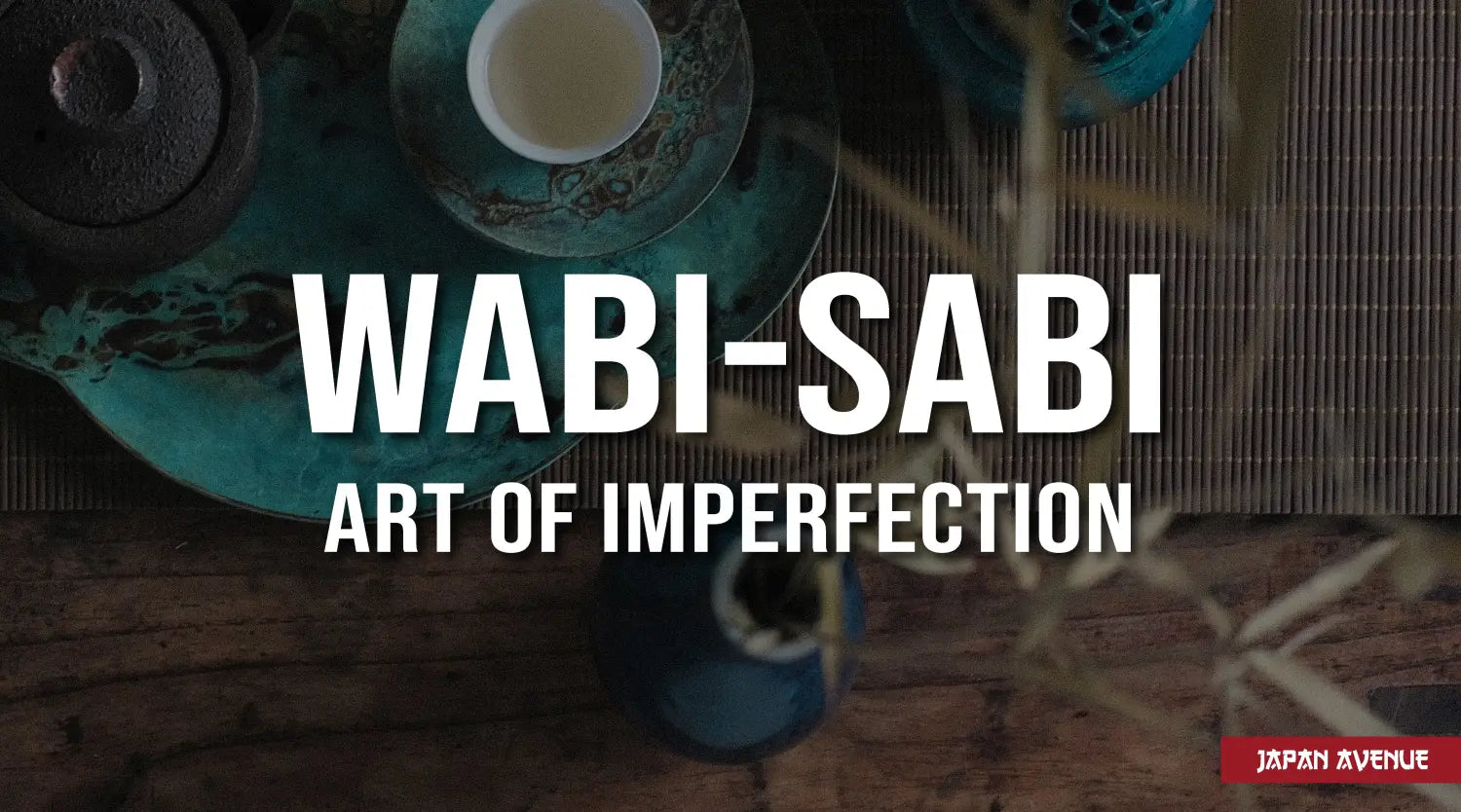As a country full of traditions and spirituality, Japan is known for its numerous superstitions and ancestral values stemming from Shintoism and Buddhism.
Shintoism is the main religion in Japan, and also the oldest. Its animistic beliefs and its deep respect for nature largely influence the Japanese culture. As for Buddhism, this religion comes straight from China and is one of the foundations of the Japanese written language. Its values are widely adopted by the majority of the inhabitants of the archipelago. Lastly, Christianity, imported from Europe later, represents the third most practiced religion in the Land of the Rising Sun.
Discover, without any further delay, the main religions in Japan.
⛩ Shintoism, the dominating religion in Japan

Itsukushima shrine. Credits: Jordy Meow
"Shinto" literally means "the way of the gods". It is a polytheistic religion based on the beliefs and rituals of ancient Japan. Shinto is characterized by the sacredness of nature and the worship of Japanese deities or kami.
Among the Shinto practices, the purification rite is essential to purify the body and the mind. In the Meiji era, Shintoism became the official religion of the country. Many shrines were built in Japan in order to honor the kami. Nowadays, the Shinto ideology has more than 90 million followers.
👺 Kamis, Japanese deities

Image inspired by Shinto and the Kamis. Credits: DreadJim on DeviantArt
They are gods, supernatural beings or spirits stemming from Shinto beliefs which are everywhere in different forms. Sometimes they are a bit sensitive, so, humans have to be careful not to offend them.
In Japan, there exists an infinite number of kami: animals, natural elements such as water, wind and sun, creative forces as well as the spirits of deceased great rulers are worshipped as deities. The best known are Izanami and Izanagi, gods of the creation of the universe, Amaterasu, goddess of the sun, Tsukuyomi, god of the moon, Susanoo, god of the storms.
🇯🇵 State Shintoism
This is the official religion of the country, adopted by the Japanese government during the Meiji era and until the end of the Second World War. With a nationalistic character, the state Shintoism is in opposition to Buddhism, imported from China. The Shinto priests became agents of the state to implement the religion established by the authorities. The emperor of Japan was then considered a supreme deity who was worshipped by the people.
⛩ Shinto shrines

Source : Pixabay
Shinto shrines are places of worship and are used to honor the kami. People go there to celebrate important popular festivals such as matsuri, New Year, to implore health, good fortune or even to see some traditional practices such as dance, no theater or sumo.
Generally, they include a wooden gate called tori, colored in red-orange separating the sacred enclosure from the profane world. The entrance is guarded by lion-dog statutes (Komainu) and is followed by a lantern-lined path that leads to the main building. In the alley, the chozuya is the basin or fountain that allows to purify before entering the sacred place. It is appropriate to wash the hands and rinse the mouth according to the Oharai ritual. The shrine includes a hall called honden and a room for offerings (haiden).
Nowadays there are more than 100 000 shrines located all over Japan. They are often called jinja, and sometimes Jingu or Taisha. Most often these places of prayer are represented by a simple altar to leave offerings to the kami as well as an object representing the deity. The shrine of Ise where the sun goddess Amaterasu lives is the most sacred in Japan. It is known to have collected the sacred mirror of the emperor. The Fushimi Inari which is dedicated to the goddess of grain and trade is also very popular with its fox statues.
👹 Buddhism in the Japanese way

Ushiku, The largest Buddha in the world. Source : kanpai.fr
Originating from India, Buddhism has widely spread in Asia. Combining meditative practices, offering rituals, prayers and philosophy to attain spiritual awakening. Buddhism is the 4th most practiced religion in the world.
During the 5th and 6th century, this religion was introduced in Japan under the influence of China and Korea. It then mixed with the beliefs of the Shinto religion and Buddha took the name of Amida Butsu. From the Nara period to today, we distinguish 3 main currents and 6 main schools.
🙏 The evolution of Buddhism in Japan
The Asuka and Nara periods marked the arrival and development of Buddhism in the archipelago. The religion quickly clashed with Shintoism. Adopted by the Soga clan and the Court, Buddhism was promoted to state religion in 592.
At the beginning of the 7th century, Buddhism was in full expansion under the influence of Prince Shotoku Taishi. It was known as the religion of letters. Moreover, many temples were then built in Japan.

3 main currents of Buddhism 1 : Hinayana (credits: Dung Tran, medium.com) / 2 : Mahayana (credits: Metropolital Museum of Art) / 3 : Vajrayana (credits: Collection of Rubin Museum of Art)
Over the years, new currents of thought have emerged, giving place to different schools. All of them are attached to one of the three main currents of Buddhism (Hinayana, Mahayana and Vajrayana). Shingon and Tendai, founded in the Heian period, are particularly renowned today as well as the schools of the Kamatura era which advocate the Sutra of the Pure Land or the Lotus.
Similarly, Zen Buddhism, a meditation-oriented branch of Mahayana Buddhism, is still widely practiced in Japan today.
👴 Buddhist temples

Shi Tennô-ji, the oldest Buddhist temple in Japan. Source: horizonsdujapon.com credits: Angelo di Genova
Just like Shinto shrines, there are many buddhist temples in Japan and they often share the same location. They can be recognized by the suffix -ji or -dera at the end of their name.
Their architecture is similar to that of shrines, however, temples are distinguished by their more sober style, their characteristic wooden door (mon), their pagoda (to) and their Buddha statues.
The statues at the entrance are humanoid guardians who keep demons away from the sacred place. Note that one can also find a tori and a komainu at the entrance of some temples.
Similarly, some shrines have a mon. The temples are composed of several buildings including the golden hall (kondo) with the sacred statues as well as rooms for meditation, conservation of sutras, teaching and other characteristic spaces like the garden. Kinkaku-ji is a Buddhist temple very well known for its beautiful gold-covered facades.
🤔 Shinto-Buddhist syncretism, késako?
The fusion of the Buddhist religion with the worship of Shinto kami leads to what is called Shinto-Buddhist syncretism.
In Japan it is not uncommon to practice both religions at the same time. The events celebrating life being rather reserved to the Shinto cult and the funeral rites to Buddhism. This results in temples with shrines called jisha as well as shrines cohabiting with temples (jingu-ji).
At the end of the 19th century, blending the two religions was forbidden and jingu-ji were separated from their Buddhist statues and destroyed buildings at the expense of cultural heritage.
📿 Christianity, imported from Europe

The Christian martyrs of Nagasaki (16th century Japanese painting). Source: cath.ch
If Christianity is the religion with the most practitioners on the planet, it represents only a minority of the population in Japan.
Imported into the archipelago by Portuguese and Spanish Catholic missionaries in the middle of the 16th century, Christianity was quickly abandoned under the threat of persecution.
The Tokugawa shogunate saw this religion as a political danger and banned Christianity in the country. European missionaries were chased out of the country and Japanese Christians were forced to hide in order to practice their faith under penalty of torture and execution until the end of the 19th century.
It was only in the Meji era that Christianity was officially allowed. Nowadays, it is part of the Japanese culture through school education, arts and some Catholic events like Christmas which is celebrated in Japan.
Similarly, many Japanese opt for a Western-style wedding with Christian traditions. However, although Christianity has a positive image, this religion is still placed quite far behind Buddhism and Shintoism.
👺 Religion through festivals and Matsuri

2016 Sanja Matsuri Tokyo. Source : Unsplash.com
If you're going to Japan, matsuri are the traditional Japanese festivals that are not to be missed. They are most often associated with Shinto religious celebrations.
Each town or village has its own matsuri and honors a god. These festivals are preceded by rituals where believers purify themselves by periods of abstinence and bathing.
During the sacred ceremony, the priest invites the deity to enter the relic in the sanctuary. The believers bring offerings to thank the deity or to ask for its protection, and then there follows the procession that goes through the streets to bless the inhabitants. It is also the occasion to pray for the ancestors.
The matsuri are accompanied by festivities. Japanese specialties are eaten and there are many fun activities to participate in, among numerous booths. These popular events are enlivened by local folklore, traditional dances, theater performances and fireworks.
Religions in Japan are an integral part of the local culture through folklore, spirituality and traditions. While Christianity has brought a certain influence to Japanese society, the Shinto cult of Kamis and Buddhism are omnipresent in the archipelago.
For a most memorable spiritual journey, be sure to visit the shrines and temples in the Land of the Rising Sun!



